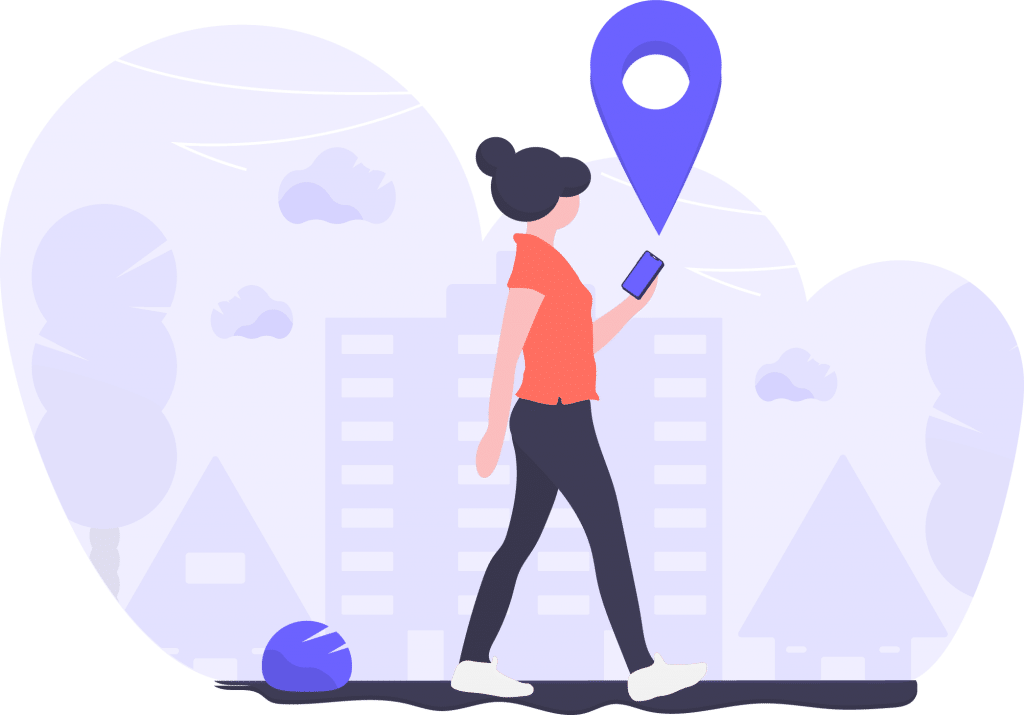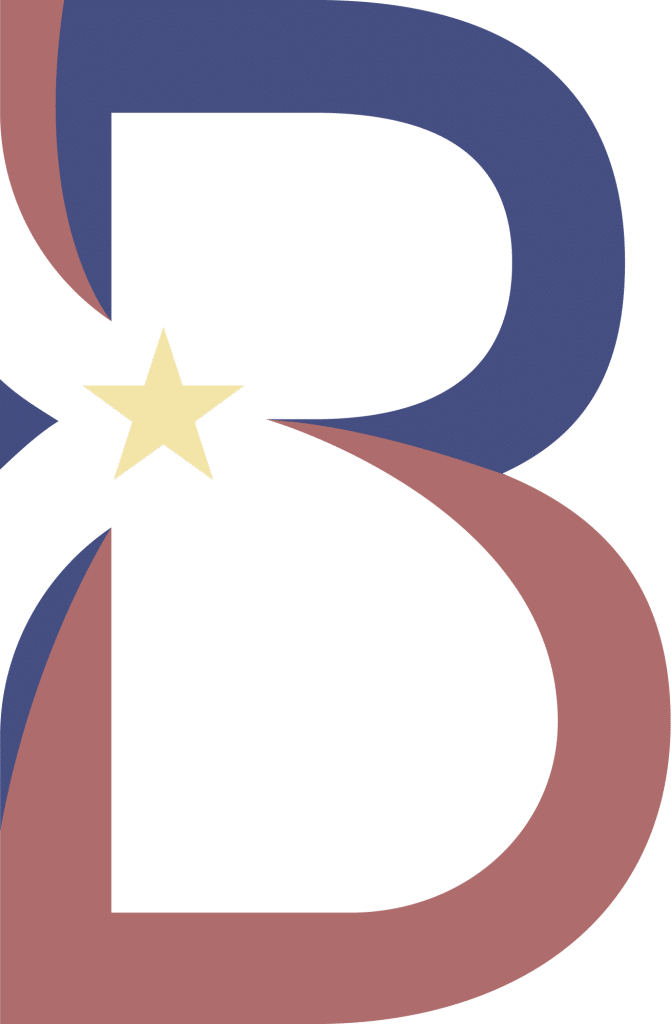Back in 2018, an Industry Report was released by Finances Online that found that up to 73% of organizations figured their apps would be SaaS by 2020. It was in line with the estimated $76 billion growth of the SaaS public market. SaaS has been on the rise for years, and it shows no signs of stopping. Both B2C and B2B markets are wide open as well.
Customer Training
However, there is a common ground for all SaaS companies: good customer training is crucial. SaaS companies’ software’s values increase when customers are trained. That’s because it allows for customer penetration and loyalty to get a much-needed boost. In the same vein, customer service costs will be cut considerably, and customer stickiness will go up.
Why does your bottom line need SaaS customer training?
Drop Churn Rates
Churn is essentially a term that refers to the rate wherein customers leave (think of bounce rates for websites-same logic). Customers typically change their SaaS when they feel that the software is no longer useful or able to meet their needs.
In some cases, one or both of those things is true enough. However, there are also plenty of SaaS switches that happen because of poor customer training.
Value Added to Existing Customers
Training should be constant and must include integrating tutorials into the software so that in-depth uses are defined and explained. Milestones can be activated through triggers that depend on churn data, like customers doing a particular action or a certain period of time passing.
Customer training lets users get a better understanding of software as initial onboarding is ongoing. It lets customers choose focused training courses as needed. Tutorials that are more complex being integrated into training instead of onboarding helps prevent information overload with users.
Customer Service Needs Will Be Met at a Ground Level
When new clients are onboarded, the customer’s ground-level customer service needs will generally be met already. However, the basic ins and outs of the product shouldn’t be all that’s shared as well. Consider the following:
- Onboarding should establish an environment that’s inviting
- Onboarding should make them comfortable enough to ask for help
- Onboarding should clearly explain the product’s value to the business
On the other hand, onboarding should absolutely not be a “one-size-fits-all” situation. Some type of personalization will go a long way. Consider, for example, a Chief Financial Officer that needs to figure out how to access major analytics for the benefit of the bottom line. For the other end of the spectrum, a customer service employee has to know how the software works so they can perform the most basic of searches and interact properly with clients.
Conclusion
SaaS customer training is absolutely necessary to your bottom line. The value of SaaS software increases considerably when the customers receive training. It’s crucial because the value will be added to existing customers, it can drop churn rates, and customer service needs will be met at a ground level. Essentially, it ensures that your customers stay longer with your service.
Are you looking for digital learning program support? Check out Bihasa today! We combine a deep understanding of digital learning principles, design thinking, and world-class technical and production capacity in developing asynchronous learning experiences for our wide-ranging clientele.



